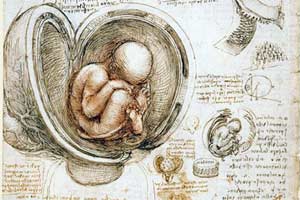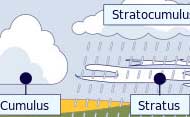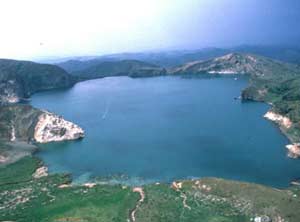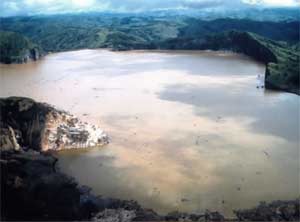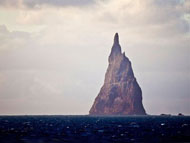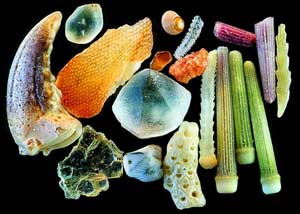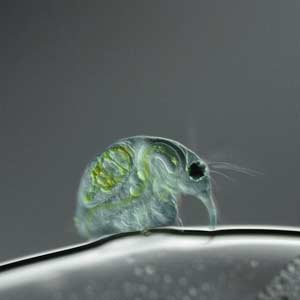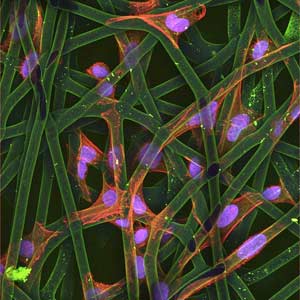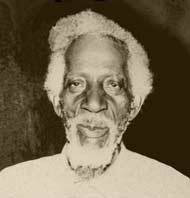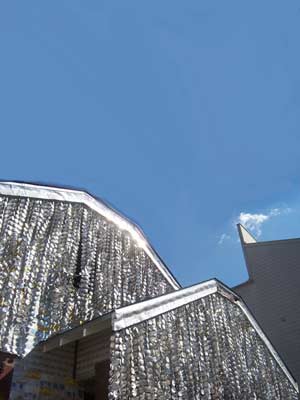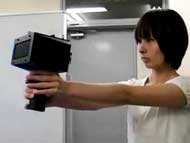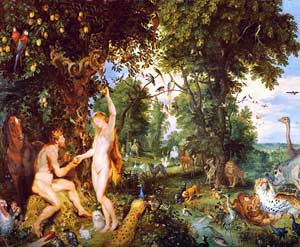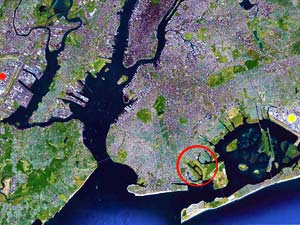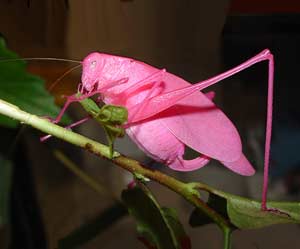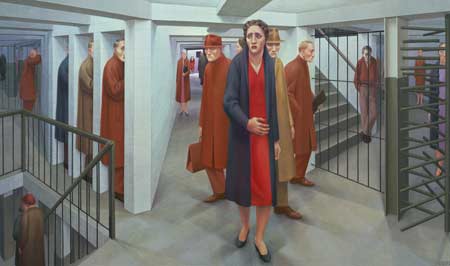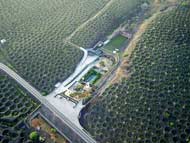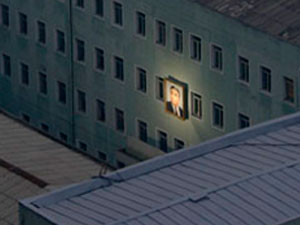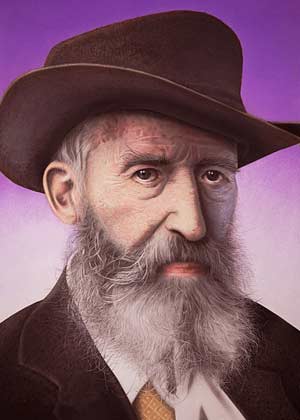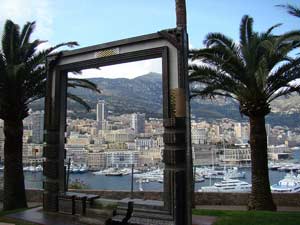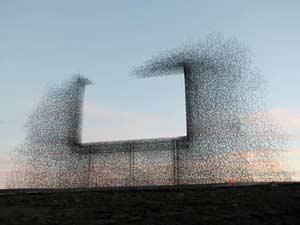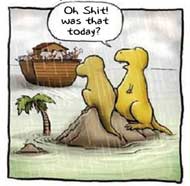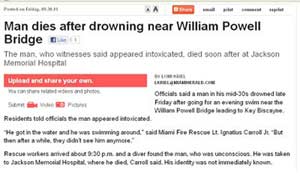Göbekli Tepe (“Potbelly Hill”) is a Neolithic (stone-age) hilltop sanctuary erected at the top of a mountain ridge in southeastern Anatolia, some 15 kilometers (9 miles) northeast of the town of Şanlıurfa. It is the oldest known human-made religious structure, most likely erected by hunter-gatherers in the 10th millennium BCE (around 12,000 years ago) and has been under excavation since 1994 by German and Turkish archæologists. It has revolutionised understanding of the Eurasian Neolithic. The site contains 20 round (buried) structures, 4 of which have now been excavated. Each round structure has a diameter of between 10 and 30 metres (30 and 100 feet), all decorated with massive, mostly T-shaped, limestone pillars that are the most striking feature of the site. The limestone slabs were quarried from bedrock pits located about 100 metres (330 feet) from the hilltop, with neolithic workers using flint points to carve the bedrock. That neolithic people with such primitive flint tools quarried, carved, transported uphill, and erected these massive pillars is astonishing and must have required a staggering amount of manpower and labour. Two pillars are at the centre of each circle, possibly intended to help support a roof; up to 8 pillars are evenly positioned around the walls of the room. The spaces between the pillars are lined with unworked stone and stone benches are placed between each set of pillars around the edges of the wall. Many pillars are decorated with carved reliefs of animals and abstract enigmatic pictograms. The reliefs depict lions, bulls, boars, foxes, gazelles, donkeys, snakes and other reptiles, insects, arachnids, and birds, particularly vultures. (At the time the shrine was constructed, the surrounding countryside was much lusher and capable of sustaining a variety of wildlife. millennia of settlement and cultivation resulted in the near-Dust Bowl conditions that prevail today.) Hunter-gatherer life, in that region of Turkey, was obviously far more sophisticated than anyone previously thought. Archæologist Klaus Schmidt views the Eden story as folk-memory, or allegory. Seen this way, Genesis tells of humanity’s innocent and leisured hunter-gatherer past, when fruit could be plucked from trees, fish scooped from rivers, and days spent in pleasure. Then man “fell” into the harsher life of farming, with ceaseless toil and daily grind. The move to farming first happened near Göbekli Tepe. The world’s first farmyard pigs were domesticated at Cayonu, 60 miles away. Sheep, cattle and goats were first domesticated in eastern Turkey. Worldwide wheat species descended from einkorn wheat — first cultivated on the hills near Göbekli. Other domestic cereals — such as rye and oats — also started there. It changed the landscape and the climate; when trees were chopped down, soil leached away; ploughing and reaping left the land eroded and bare. What was once an agreeable oasis became a land of stress, toil and diminishing returns. And so, paradise was lost. Adam the hunter was forced out of his glorious Eden, “to till the earth from whence he was taken”. Mockup video.
 Animals
Animals Animation
Animation Art of Playing Cards
Art of Playing Cards Drugs
Drugs Education
Education Environment
Environment Flying
Flying History
History Humour
Humour Immigration
Immigration Info/Tech
Info/Tech Intellectual/Entertaining
Intellectual/Entertaining Lifestyles
Lifestyles Men
Men Money/Politics/Law
Money/Politics/Law New Jersey
New Jersey Odds and Oddities
Odds and Oddities Older & Under
Older & Under Photography
Photography Prisons
Prisons Relationships
Relationships Science
Science Social/Cultural
Social/Cultural Terrorism
Terrorism Wellington
Wellington Working
Working Zero Return Investment
Zero Return Investment




